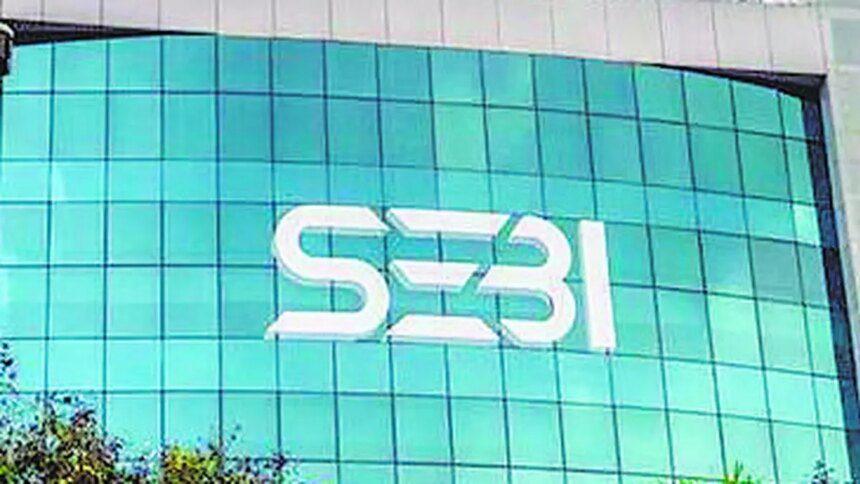In an effort to ease investor compliance and eliminate inconsistencies in documentation, the Securities and Exchange Board of India (SEBI) has proposed increasing the monetary threshold for simplified documentation needed to issue duplicate securities from ₹5 lakh to ₹10 lakh.
SEBI noted that inconsistent documentation and varied approaches from Registrar and Transfer Agents (RTAs) and listed companies have caused significant inconvenience for investors, necessitating different documentation for various companies. The current ₹5 lakh limit for accessing simplified documentation, which allows investors to bypass submitting copies of FIRs, police complaints, court orders, and newspaper advertisements, was established years ago. Since then, the landscape of India’s securities market has evolved considerably, marked by growth in market capitalisation, investor participation, and average portfolio sizes.
Given this growth, SEBI highlighted that individual security holdings have increased substantially, and maintaining the previous limit no longer reflects current market conditions. Retaining the old threshold creates unnecessary procedural challenges for investors. To address this issue and enhance procedural convenience, SEBI’s consultation paper proposes to raise the limit for simplified documentation to ₹10 lakh.
Additionally, to facilitate the process further, SEBI aims to introduce a common affidavit-cum-indemnity form, which should reduce the costs related to obtaining duplicate securities. It has also been suggested that stamp duty be assessed based on the investor’s state of residence, aligning with the practices of the Investor Education and Protection Fund Authority.
SEBI emphasized that many listed companies currently issue newspaper advertisements on behalf of investors reporting lost securities. To formalize this practice, the regulator proposes that listed companies should take on the responsibility of issuing these advertisements.
These suggested measures aim to simplify the investment process for investors and help restore rights related to securities held in physical form. Since duplicate securities will be issued exclusively in dematerialised form, this initiative is expected to promote increased dematerialisation.
Currently, investors seeking duplicate securities must supply multiple documents, including FIR or police complaint copies detailing security and certificate numbers, advertisements in widely circulated newspapers, as well as separate affidavits and indemnity bonds executed on non-judicial stamp paper.
Published on November 26, 2025.










